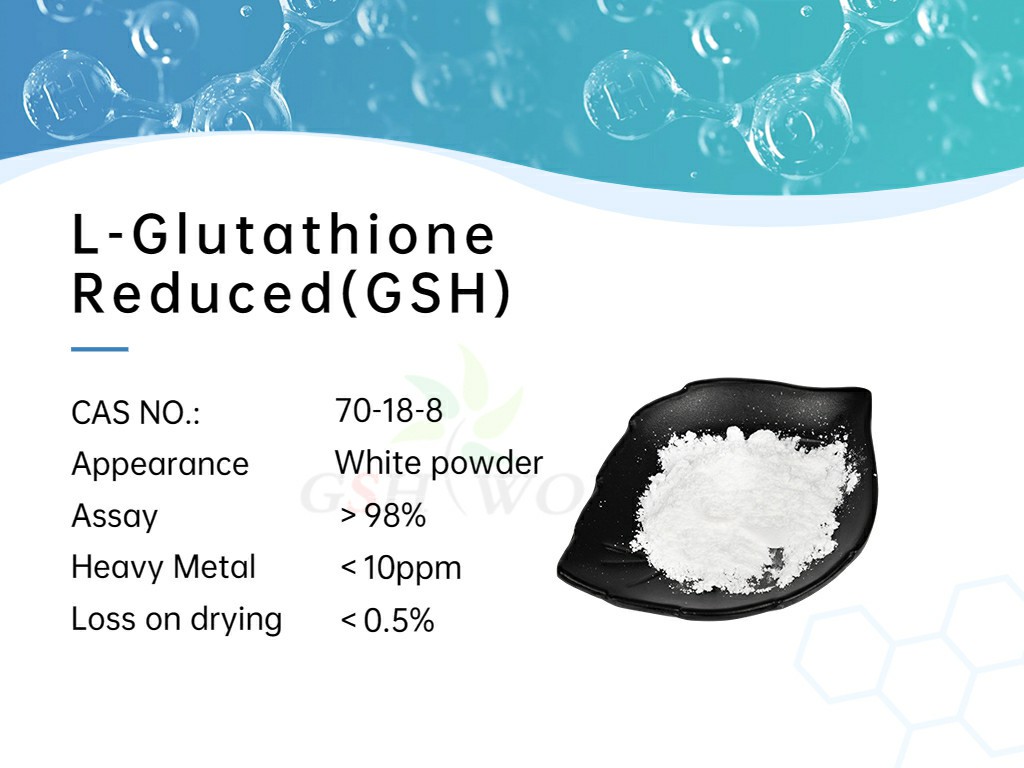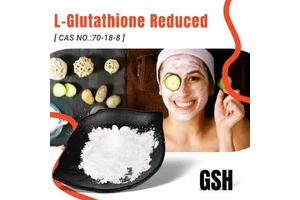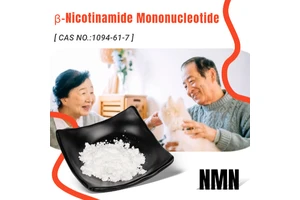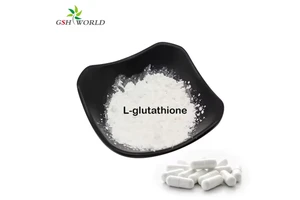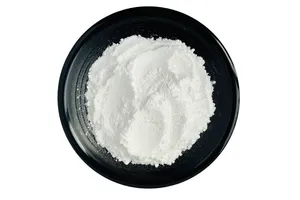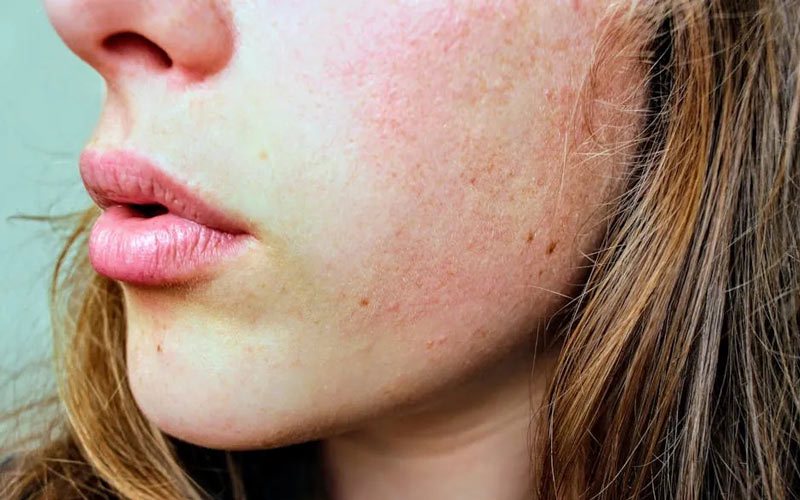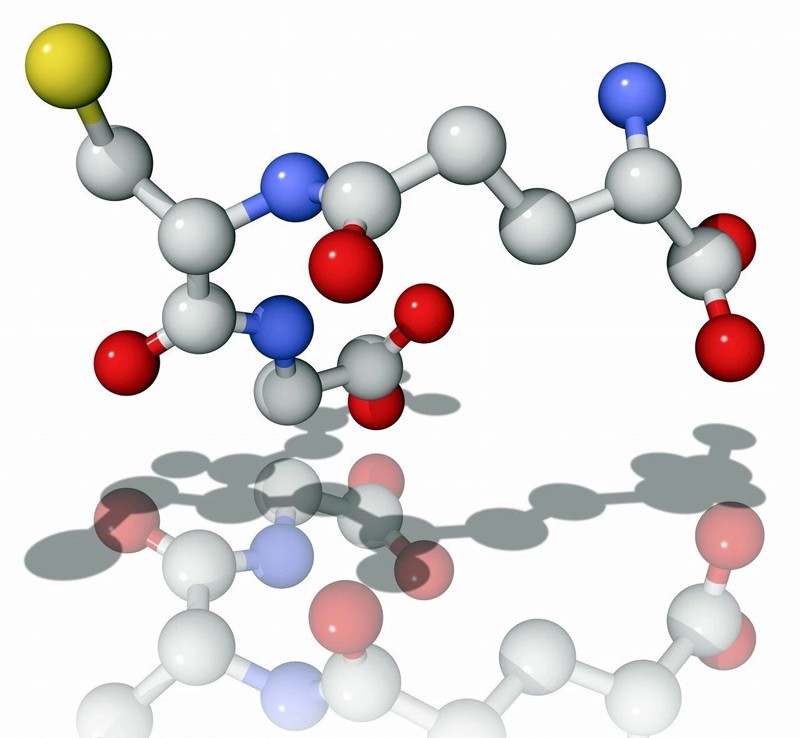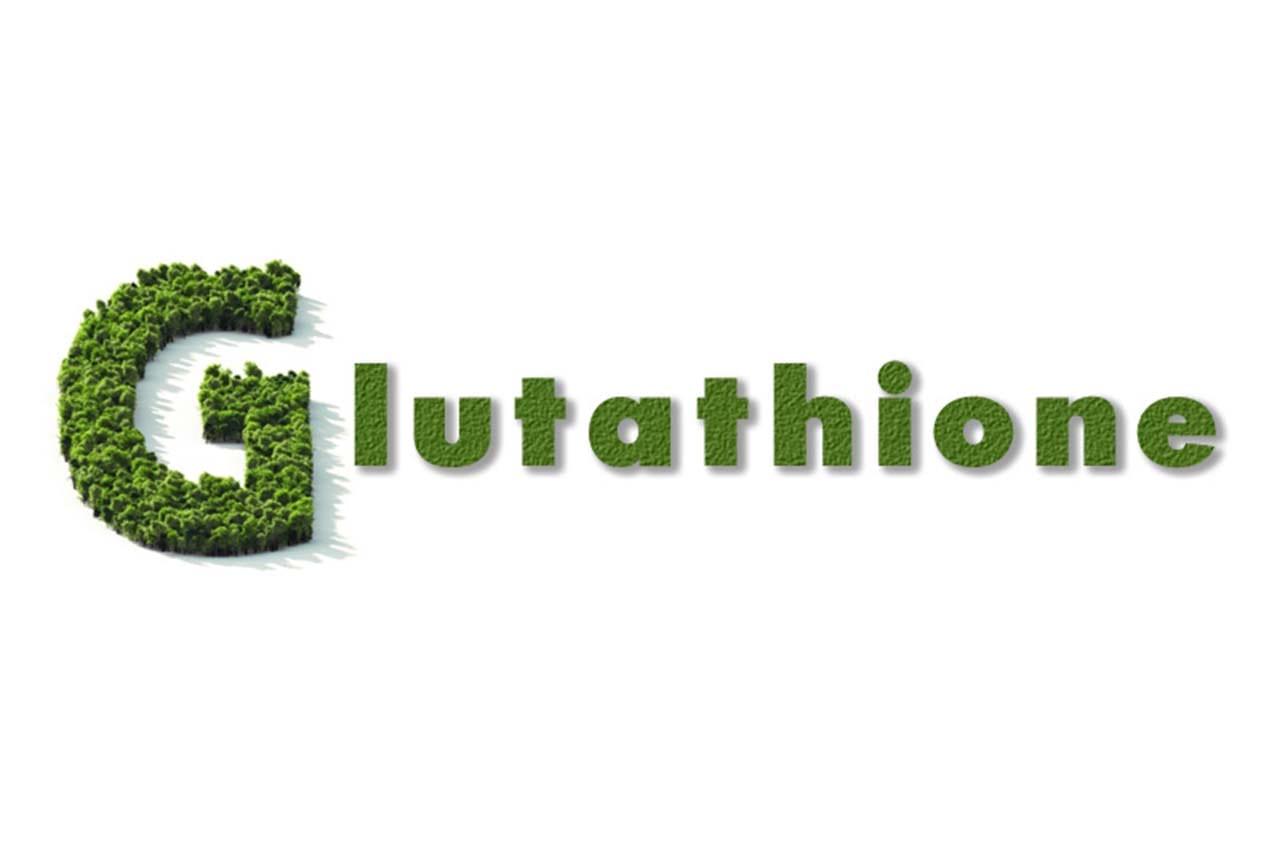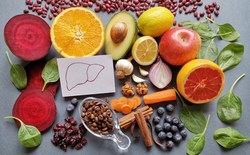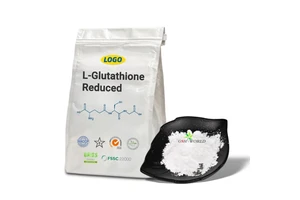Glutathione life cell Guardian
Glutathione is an endogenous active tripeptide against free radicals
Glutathione, one of the most common substances in the human body, exists in almost every cell in the body and is a natural active peptide with important physiological functions.
What is glutathione?
Glutathione is a tripeptide containing gamma-amide bond and sulfthyl group, composed of glutamic acid, cysteine and glycine, which is an important metabolic regulatory substance in cells and plays an important role in maintaining cell biological functions.
Under physiological conditions, glutathione mainly exists in the form of reduced glutathione (GSH) and oxidized glutathione (GSSG), of which reduced glutathione accounts for about 90%, so what we call glutathione usually refers to reduced glutathione.

The thiol group on the cysteine of glutathione is its active group, which is easy to combine with some drugs and toxins, so that it has the effect of integration and detoxification.
Glutathione also has anti-free radicals, improve human immunity, protect the liver, inhibit the formation of fatty liver, prevent skin aging and pigmentation, and make skin luster and other effects, widely used in medicine, food, agriculture, cosmetics and other fields.
How does glutathione work?
1. Glutathione alleviates liver cell damage
Glutathione can reduce the oxidative stress of hepatocytes, maintain the normal metabolism of hepatocytes and the integrity of cell membrane.
It can also maintain the methionine content of the liver through the γ-glutamine cycle, ensure the transmethylation and transpropylamino reaction, increase the metabolism of cholic acid, and reduce the damage of liver cells.

2. Glutathione is involved in metabolism of toxic substances
Glutathione is the specific substrate of glutathione peroxidase (GSH-PX) and glutathione S-transferase (GST), and the process of glutathione participating in detoxification metabolism is mainly accomplished through these two enzymes.
①GSH-PX reduces H2O2 to H2O, so that O2˙- generates highly active membrane peroxide ·OH through the intermediate H2O2, the chain is interrupted, thus protecting cells from the toxic damage of oxygen free radicals.

②GST participates in the metabolism of toxic substances by inactivating active electrophiles.
Active electrophiles are intermediate metabolites produced by most foreign substances in the body, which have a strong ability to attack nucleophilic centers. Their covalent binding with macromolecules such as DNA in cells can lead to serious consequences such as cell mutation or carcinogenesis.
Under the catalysis of GST, GSH is easily conjugated with these electrophiles, so that it is inactivated, and finally excreted through a series of reactions.
3. Glutathione alleviates the symptoms of alcoholism
During liver metabolism, alcohol is first converted to acetaldehyde by alcohol dehydrogenase (ADH), and acetaldehyde is further converted to acetic acid by acetaldehyde dehydrogenase (ALDH), and finally excreted as carbon dioxide and water.
In this process, glutathione can enhance the activity of ALDH, help convert acetaldehyde into non-toxic acetic acid more quickly, promote alcohol metabolism, and thus effectively reduce the toxic effects of acetaldehyde and alleviate the symptoms of drunkenness.
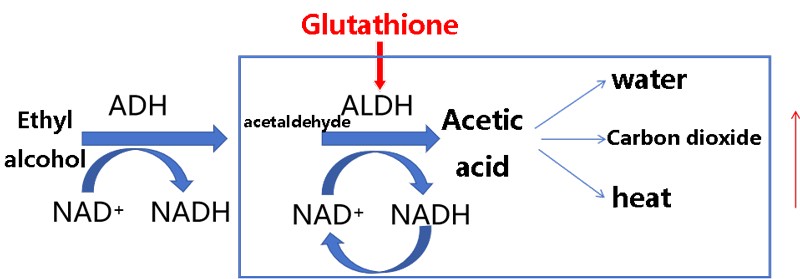
4. Glutathione interferes with melanin synthesis
Melanin in the skin, mainly produced by "melanocytes", is an important factor affecting skin chroma.
During the production of melanin by melanocytes:
- ① Glutathione can directly inhibit the activity of tyrosinase by binding with copper ions in tyrosinase.
- ② Tyrosinase is an aerobic enzyme, and glutathione blocks the catalytic reaction of tyrosinase by scavenging oxygen free radicals.
- ③ In the presence of glutathione, the reaction of dovoquinone with glutathione causes the melanin synthesis pathway to favor the synthesis of phaeomelanin rather than eumelanin, which darkens the skin.
GSH interferes with melanin synthesis by directly and indirectly inhibiting tyrosinase activity and blocking the transition of dopa to melanin.
Market application of glutathione
1. Medicine
Glutathione tablets were included in the 2020 edition of Chinese Pharmacopoeia as adjuvant drugs for liver disease, and glutathione was collected in pharmacopoeia of the United States, European Union, Japan and other countries.
Glutathione drugs and indications
- Glutathione tablets: suitable for the hepatoprotective treatment of chronic hepatitis B.
- Glutathione lozenges: adjunctive therapy for chronic liver disease. Including viral, drug toxicity, alcohol toxicity caused by liver damage.
- Glutathione for injection/reduced glutathione for injection
- Chemotherapy patients: including cisplatinium chloride, cyclophosphamide, doxorubicin, rubomycin, bleomycin chemotherapy, especially in high-dose chemotherapy;
- Radiotherapy patients;
- All kinds of hypoxemia: such as acute anemia, adult respiratory distress syndrome, sepsis, etc.
- Liver disease: including viral, drug toxicity, alcohol toxicity (including alcoholic fatty liver, alcoholic liver fibrosis, alcoholic cirrhosis, acute alcoholic hepatitis) and other chemical toxicity caused by liver damage.
- It can also be used for the adjuvant treatment of organophosphorus, amine or nitro compound poisoning.
- Antitoxic drugs (such as cancer chemotherapy drugs, anti-tuberculosis drugs, psychoneurotic drugs, antidepressants, paracetamol, etc.).
- Sodium glutathione for injection
- It is used as an adjunct to the treatment of intoxication caused by alcohol and certain drugs (chemotherapy drugs, anti-tumor drugs, anti-tuberculosis drugs, psychodepressants, antidepressants, paracetamol).
- It is used as an adjunct therapy for therapeutic injuries caused by ionizing rays.
- It is used for the adjuvant treatment of various hypoxemia.
- Reduced glutathione eye drops: Corneal ulcer, corneal epithelial exfoliation, keratitis, early senile cataract.
2. cosmetics
Glutathione is included in the Catalogue of Used Cosmetic Ingredients (2021 edition).
In the downstream application side, Hanshu, Shoubo, Filoga and other brands have launched "glutathione" series of cosmetics, and the number of new cosmetics with glutathione as the main ingredient has increased year by year.

3. Health food
Glutathione can be used as raw material for health food registration.
Reference materials:
- [1] Drugs. 1986;32 Suppl 4:46-59.S P Clissold. Paracetamol and phenacetin.
- [2] Hayes J.D., Strange R.C. Glutathione S-transferase polymorphisms and their biological consequences. Pharmacology. 2000;61:154–166. doi: 10.1159/000028396.
- [3] Chen Xin, Li Congjian. Advances in pharmacological action and clinical application of reduced glutathione in the treatment of liver diseases. Modern Drug Application in China, Volume 17, Issue 7, April 2023.
- [4] Huang X H. Compound glycyrrhizin combined with reduced glutathione in treatment of 50 cases of alcoholic liver disease. China Pharmaceutical Industry, 2012, 21(15):100-101.
- [5] Ma Sen. Research progress of glutathione peroxidase and glutathione transthionase. Advances in Veterinary Medicine, 2008,29 (10) : 53-56
- [6] Bocedi A , Noce A , Marrone G , et al. Glutathione Transferase P1-1 an Enzyme Useful in Biomedicine and as Biomarker in Clinical Practice and in Environmental Pollution[J]. Nutrients, 2019, 11(8).
- [7] Song G, Han H, Park S, et al. Effects of GSH on Alcohol Metabolism and Hangover Improvement in Humans: A Randomized Double-Blind Placebo-Controlled Crossover Clinical Trial. Nutrients. 2024 Sep 26;16(19):3262.
- [8] Jara J.R., Aroca P., Solano F., Martinez J.H. and Lozano J.A. (1988) The role of sulfhydryl compounds in mammalian melanogenesis - the effect of cysteine and glutathione upon tyrosinase and the intermediates of the pathway. Biochim. Biophys. Acta 967, 296–303
- [9] Yaoying Lu, Kathryn F. Tonissen, and Giovanna Di Trapani.Modulating skin colour: role of the thioredoxin and glutathione systems in regulating melanogenesis.Biosci Rep. 2021 May 28; 41(5): BSR20210427.
- [10] Yakugaku Zasshi.Inhibitory mechanism of melanin synthesis by glutathione. 2008 Aug;128(8):1203-7.


